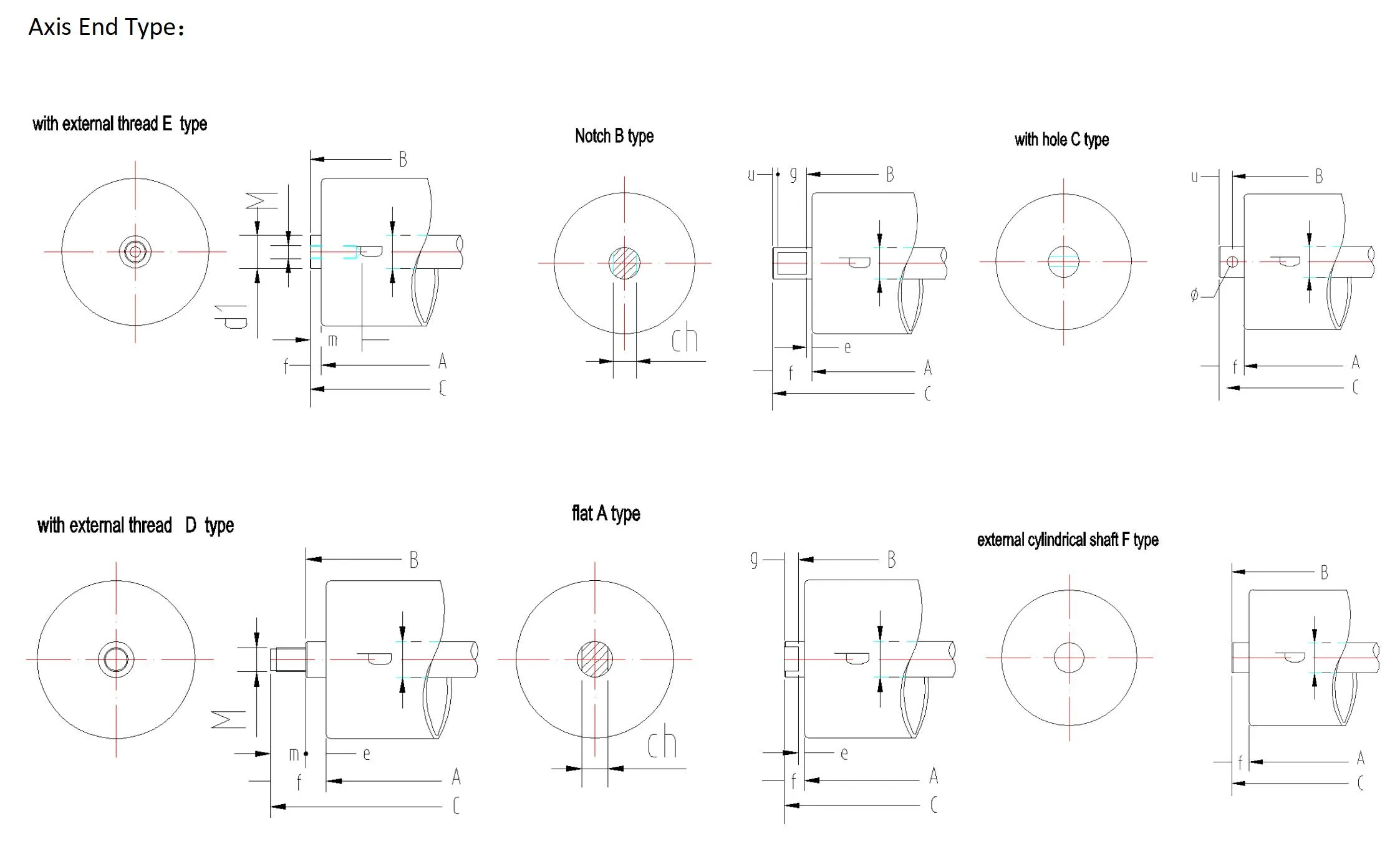 Afrikaans
Afrikaans  Albanian
Albanian  Amharic
Amharic  Arabic
Arabic  Armenian
Armenian  Azerbaijani
Azerbaijani  Basque
Basque  Belarusian
Belarusian  Bengali
Bengali  Bosnian
Bosnian  Bulgarian
Bulgarian  Catalan
Catalan  Cebuano
Cebuano  Corsican
Corsican  Croatian
Croatian  Czech
Czech  Danish
Danish  Dutch
Dutch  English
English  Esperanto
Esperanto  Estonian
Estonian  Finnish
Finnish  French
French  Frisian
Frisian  Galician
Galician  Georgian
Georgian  German
German  Greek
Greek  Gujarati
Gujarati  Haitian Creole
Haitian Creole  hausa
hausa  hawaiian
hawaiian  Hebrew
Hebrew  Hindi
Hindi  Miao
Miao  Hungarian
Hungarian  Icelandic
Icelandic  igbo
igbo  Indonesian
Indonesian  irish
irish  Italian
Italian  Japanese
Japanese  Javanese
Javanese  Kannada
Kannada  kazakh
kazakh  Khmer
Khmer  Rwandese
Rwandese  Korean
Korean  Kurdish
Kurdish  Kyrgyz
Kyrgyz  Lao
Lao  Latin
Latin  Latvian
Latvian  Lithuanian
Lithuanian  Luxembourgish
Luxembourgish  Macedonian
Macedonian  Malgashi
Malgashi  Malay
Malay  Malayalam
Malayalam  Maltese
Maltese  Maori
Maori  Marathi
Marathi  Mongolian
Mongolian  Myanmar
Myanmar  Nepali
Nepali  Norwegian
Norwegian  Norwegian
Norwegian  Occitan
Occitan  Pashto
Pashto  Persian
Persian  Polish
Polish  Portuguese
Portuguese  Punjabi
Punjabi  Romanian
Romanian  Russian
Russian  Samoan
Samoan  Scottish Gaelic
Scottish Gaelic  Serbian
Serbian  Sesotho
Sesotho  Shona
Shona  Sindhi
Sindhi  Sinhala
Sinhala  Slovak
Slovak  Slovenian
Slovenian  Somali
Somali  Spanish
Spanish  Sundanese
Sundanese  Swahili
Swahili  Swedish
Swedish  Tagalog
Tagalog  Tajik
Tajik  Tamil
Tamil  Tatar
Tatar  Telugu
Telugu  Thai
Thai  Turkish
Turkish  Turkmen
Turkmen  Ukrainian
Ukrainian  Urdu
Urdu  Uighur
Uighur  Uzbek
Uzbek  Vietnamese
Vietnamese  Welsh
Welsh  Bantu
Bantu  Yiddish
Yiddish  Yoruba
Yoruba  Zulu
Zulu Understanding the Function and Importance of Conveyor Drum Systems in Material Handling Operations
The Importance of Conveyor Drums in Modern Material Handling
In the realm of industrial processes and material handling, conveyor systems play a pivotal role in enhancing productivity and efficiency. At the heart of many conveyor systems lies a component known as the conveyor drum. Though it might seem inconspicuous at first glance, the conveyor drum is crucial for the operation and performance of a wide variety of conveyor setups.
What is a Conveyor Drum?
A conveyor drum, often referred to as a drum pulley, is a cylindrical component that serves as a driving force in a conveyor system. It is primarily mounted at the end of a conveyor belt to either drive the belt or serve as a tensioning mechanism. The drum is typically constructed from robust materials such as steel or rubber, allowing it to withstand heavy loads and harsh operating conditions. Its surface may be coated or crafted with a textured material to ensure maximum grip and minimize slippage of the conveyor belt.
Functionality and Design
Conveyor drums are integral to the mechanics of conveyor systems, performing two main functions driving and redirecting. When it operates as a drive pulley, the drum provides the necessary torque to propel the conveyor belt forward, effectively transporting materials from one location to another. As a rerouting mechanism, the drum ensures that the belt runs smoothly around bends and turns, maintaining the alignment and flow of materials.
The design of the drum is critical to its performance. Different types, such as lagged drums, crowned drums, and magnetic drums, offer specific functions tailored to particular operational needs. For example, lagged drums are equipped with a roughened surface to improve traction, while magnetic drums are employed to separate ferrous materials from non-ferrous ones in recycling applications.
conveyor drum

Applications in Various Industries
The versatile nature of conveyor drums makes them applicable across a wide range of industries. In mining and quarrying, conveyor drums handle enormous loads of raw materials, providing a substantial increase in efficiency compared to manual handling. In manufacturing plants, they facilitate the assembly line processes, enabling seamless movement of components. Distribution centers rely on conveyor systems to sort and transport packages, where conveyor drums ensure that items are delivered accurately and efficiently to their respective destinations.
Moreover, in the food processing industry, conveyor drums must adhere to strict hygiene standards. Thus, they are often made of stainless steel and designed for easy cleaning to prevent contamination.
Challenges and Innovations
Despite their importance, conveyor drums are not without challenges. Common issues include wear and tear from consistent use, which can lead to decreased efficiency and increased maintenance costs. To combat these problems, manufacturers are constantly innovating, introducing advanced materials and designs that extend the lifespan of conveyor drums. Technologies such as self-cleaning mechanisms and advanced monitoring systems are being integrated, allowing for predictive maintenance and real-time performance tracking.
Conclusion
In conclusion, conveyor drums are indispensable to the efficiency and reliability of conveyor systems used in various industries. Their ability to drive and redirect conveyor belts makes them a vital component in the transportation of materials. As industries continue to evolve and demand greater efficiency, the role of conveyor drums will only become more significant. With ongoing innovations in design and technology, they will remain an essential part of modern material handling solutions, helping businesses optimize their operations and enhance productivity. Understanding the importance of these components will lead to better maintenance practices and, ultimately, a more efficient operation overall.
-
Trusted Conveyor Solutions from Leading Conveyor Idler Roller ManufacturersNewsJun.27,2025
-
Reliable Return Idler Solutions for Efficient Belt Conveyor SystemsNewsJun.27,2025
-
Precision Conveyor Accessories for Streamlined Material HandlingNewsJun.27,2025
-
High-Quality Belt Conveyor Idler Solutions for Efficient Material HandlingNewsJun.27,2025
-
High-Performance Belt Conveyor Pulleys for Reliable Material HandlingNewsJun.27,2025
-
Enhancing Material Handling EfficiencyNewsJun.27,2025





























